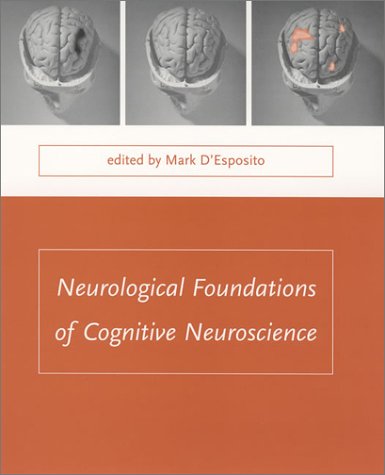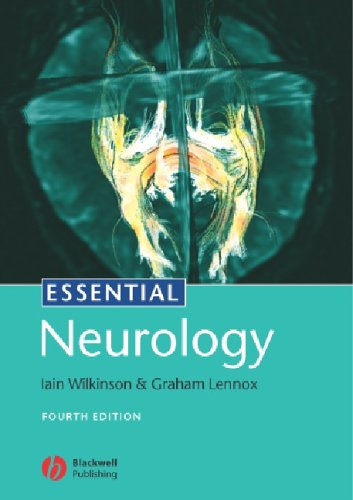Daniel H. Geschwind, Jeffrey P. Gregg0262072297, 9780262072298
Table of contents :
Contents……Page 8
Foreword……Page 10
Preface……Page 12
1. Microarrays: An Overview……Page 22
Arraying Formats……Page 26
Arrayers……Page 27
Scanners……Page 31
Slides……Page 36
Signal Amplification Reagents……Page 37
Conclusion……Page 40
References……Page 49
2. Microarray Scanning and Data Acquisition……Page 50
Array Creation……Page 53
Data Acquisition……Page 55
Data Extraction and Analysis……Page 71
Conclusion……Page 80
References……Page 82
3. Microarray Image and Data Analysis……Page 84
Array Fabrication Informatics……Page 86
Array Image Analysis……Page 89
Spot Localization……Page 96
Data Quantification and Quality Measurement……Page 105
Data Analysis and Visualization Techniques……Page 115
Summary……Page 126
References……Page 127
4. Statistical Inference in Array Genomics……Page 130
General Analytical Issues……Page 131
Data Mining and Inferential Analyses……Page 134
The Nature of Error……Page 136
Statistical Approaches……Page 144
An Example of an Inferential Analysis……Page 150
Conclusion……Page 158
References……Page 159
5. cDNA Array Strategies and Alternative Approaches in Neuroscience: Focus on Radioactive Probes……Page 162
cDNA Array Collections……Page 163
Array Formats……Page 164
Limiting Tissues and Experimental Approaches……Page 169
Acknowledgments……Page 172
References……Page 174
6. Custom-Built cDNA Arrays for the Study of Neuronal Differentiation and Disease: The Smart Chip……Page 178
Clone Set Design……Page 180
Clone Set Consolidation and Quality Control of Array Element……Page 184
Hybridization……Page 186
RT-PCR Validation……Page 187
Characterization of Nervous System-Specific Gene Expression……Page 188
Summary……Page 191
Acknowledgments……Page 192
References……Page 194
7. Oligonucleotide Arrays and Gene Expression Profiling of the Brain: Brainiacs Express Themselves……Page 196
High-Density Oligonucleotide Arrays……Page 197
Gene Expression Profiling and Complex Brain Functions……Page 209
Summary……Page 217
Acknowledgments……Page 219
References……Page 220
8. The Use of Fixed Human Postmortem Brain Tissue to Study mRNA Expression in Neurodegenerative Diseases: Applications of Microdissection and mRNA Amplification……Page 222
RNA from Fixed Human Tissue……Page 223
Antemortem and Postmortem Effects on RNA Stability……Page 226
Effects of Fixation and Storage on RNA Quality……Page 228
Microdissection……Page 233
Linear Amplification of RNA……Page 238
Gene Expression Analysis……Page 244
Acknowledgments……Page 251
References……Page 252
9. Development of Microarrays to Study Gene Expression in Tissue and Single Cells: Analysis of Neural Transmission……Page 258
Description of the DNA Microarrays: A Focused Neurochip……Page 259
Analysis of Gene Expression in Whole Brain Tissue with the Neurochip……Page 261
Analysis of Gene Expression in Single Cells using Neurochips……Page 265
Acknowledgments……Page 271
References……Page 275
10. Custom cDNA Microarrays Derived from Subtracted Libraries for Neural Gene Discovery and Expression Analysis……Page 276
Pitfalls of Subtraction……Page 277
Advantages of Microarrays……Page 278
Experimental Methods and Results……Page 279
References……Page 292
11. Tracing Genetic Information Flow from Gene Expression to Pathways and Regulatory Networks……Page 294
Comparative Analysis of Microarray Data……Page 296
Prioritizing Genes According to Expression Diversity (Shannon Entropy)……Page 298
Inference of Pathways from Cluster Analysis of Time Series……Page 303
Reverse Engineering of Genetic Regulatory Networks from Expression Data……Page 309
Conclusion……Page 317
References……Page 318
Appendix A Informatics and Web Resources……Page 322
Appendix B Company and Array-Related Web Resources……Page 326
Contributors……Page 332
Abbreviations……Page 336
B……Page 340
C……Page 341
D……Page 342
E……Page 343
G……Page 344
I……Page 345
M……Page 346
N……Page 347
P……Page 348
R……Page 349
S……Page 350
U……Page 352
Z……Page 353







Reviews
There are no reviews yet.